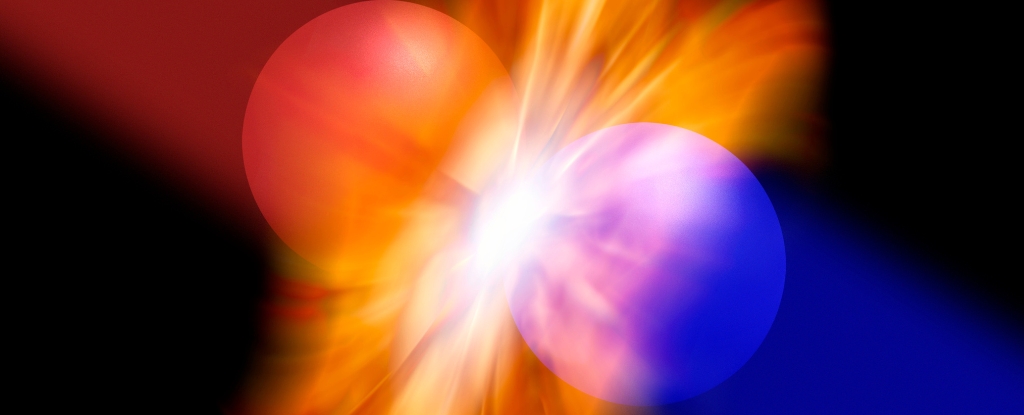ARTICLE AD
Japan’s SLIM is on the Moon and sending data to Earth, in what is a monumental achievement for Japan—it’s now the fifth country to accomplish the feat. The successful soft landing notwithstanding, the situation looks grim; officials with Japanese space agency JAXA say the lander’s solar cell is not generating sufficient amounts of electricity, raising uncertainties about the mission’s future.
Remake this Sci-Fi Film with Peter Capaldi!
Japan’s SLIM touched down on the Moon’s surface Friday at 10:20 a.m. ET (12:20 a.m. Saturday Japan time), right on schedule. Prior to the landing, all telemetry readings seemed normal. Broadcasters on JAXA’s livestream withheld any confirmation of success until a status report was received.
SLIM, short for Smart Lander for Investigating Moon, is a test of new precision landing technologies, in which the vehicle was targeting an ellipse measuring roughly 328 feet by 328 feet, or 100 meters by 100 meters. Normally, targeted landing areas on the Moon are measured at scales 10 times that size.
“We are still trying to confirm the situation,” a JAXA spokesperson said at 11:15 a.m. ET, adding that it could take upwards of two hours or more to fully understand the situation. A press conference held just past noon finally breathed light onto the situation, with JAXA’s director general Hitoshi Kuninaka confirming the soft landing, though with “challenges.”
SLIM, nicknamed “Lunar Sniper,” should have landed at Shioli Crater, an impact basin measuring 984 feet (300 meters) across and featuring a consistent 15 degree slope. SLIM was to employ a two-stage landing technique, first landing vertically atop two legs, and then inclining forward to finish a horizontal landing with its front touchdown legs, a method meant to ensure stabilization on the surface. It’s possible that the lander tipped over, or is not in an ideal orientation, which is now preventing its arrays from collecting solar energy. JAXA has not confirmed a reason for the solar cell not working, whether it’s on account of the lander’s position or some sort of hardware issue.
The spacecraft is currently communicating with ground stations on Earth as expected, but it appears that SLIM’s solar cell is not generating electricity at this time, according to JAXA officials. Without the ability to generate its own power, SLIM is now operating in battery mode. Given that SLIM has a finite time to live, mission controllers are feverishly trying to eke out some science and download as much data as possible, including images taken of the crater. The battery is expected to last for “several hours,” JAXA says.
Encouragingly, SLIM managed to eject its two tiny rovers, LEV1 and LEV2, onto the surface. LEV1, having been deployed when the lander was still several feet above the surface, should be capable of snapping photos of the landing site—fingers crossed.

A screenshot of JAXA’s livestream taking shortly after SLIM touched down on the Moon.Screenshot: JAXA
It’s not yet known if SLIM landed within its target area. JAXA said it hopes to learn more in the coming days and host a press conference early next week.
Mitsubishi’s H-IIA rocket, carrying SLIM and Japan’s XRISM X-ray telescope, was launched on September 6, 2023, from Tanegashima Space Center. SLIM’s main objective is to evaluate advanced precision landing technologies, such as preloaded maps, radar, and image processing algorithms. Additionally, SLIM is equipped to carry out scientific and technological experiments on the lunar surface; to that end, its equipment includes a thermometer, a radiation detector, and an instrument for measuring slopes and elevation.
Hopefully some of these tools will still be able to collect scientific data and transmit them to Earth before SLIM finally expires, in what appears to be a truncated mission. Still, there is plenty for Japan to be happy about, as soft landings on the Moon aren’t easy. Depending on how we wish to classify a “successful” landing on the Moon, Japan now joins a short list of countries to do so, including the U.S., Soviet Union, China, and India.
For more spaceflight in your life, follow us on X (formerly Twitter) and bookmark Gizmodo’s dedicated Spaceflight page.

 1 year ago
105
1 year ago
105 

